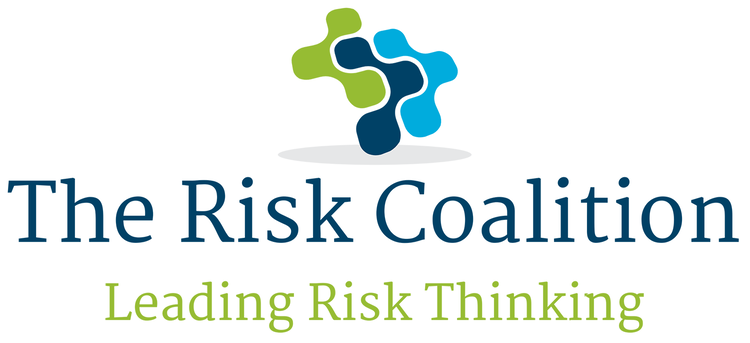Hard to imagine as it is with Covid-19 still dominating the headlines, but cyber risk is back on the agenda in a big way. The recent ‘Twitter-takeover’ attack and the continued malign activities of the Russian intelligence services remind us that the ‘new normal’ probably includes an increased exposure to cyber risk.
Huge numbers of employees continue to work from home, some using technologies, such as Zoom or Microsoft Teams, implemented in a hurry by their IT departments. Firms are relying on control frameworks never designed to cope with this scale of remote access and homeworking.
Boards understand the potential for damage. But what they really want to know is: how exposed is the business, and what can be done to mitigate the risks?
As with explaining all technical matters, it’s important to provide board members with a frame of reference they can understand and that will support exploration of the issues. In the case of cyber, it’s useful to introduce the idea of cyber security objectives – the primary ones being confidentiality, integrity and availability of information.
The next step is to use these objectives to explore a range of cyber scenarios. Take, for example, the case of a US defence contractor that discovered that for a number of years every time someone in the organisation printed a document, a copy was also sent to an IP address in China.
In this case there was no impact on integrity or availability of information. However, confidentiality was blown. This case provides several lessons:
The old model of building ‘onion ring’ defences – increasing strength through layers of security – is no longer sufficient. Your business will, at some point, face a breach. So what are you going to do?
Think the unthinkable. In the example above, existing state of the art anti-malware software didn’t pick up the rogue code on the network because “it was like nothing we had ever seen before.” (A big hello to People’s Liberation Army Unit 61398 in Shanghai. Nice job.) In a world where state (or state-like) resources can be applied to finding holes in your defences, you’re going to spring a leak. So board member discussions need to change from a prevent model to one of harm-reduction and accelerated recovery. This is an area where the strategic expertise of non-executives can add real value.
Think the unthinkable - again. Cyber-terrorism and malign state actors are real. It’s not hard to imagine a scenario whereby a terrorist organisation or hostile state actor seeks to place sleepers in your and other financial sector organisations, waiting for the signal to launch a concerted attack on the UK’s financial infrastructure. Think about it – in this scenario the baddies don’t need to penetrate your firewalls. They are already on your network and have spent a long time preparing. And they don’t care about getting caught.
If nothing more, a high-quality board discussion on cyber risk should ensure that board members have their eyes opened to the cyber challenges facing the business. It should also be possible to help them focus on what can be done relatively quickly and easily to manage the risks - like encrypting sensitive data.
Chris Burt - Risk Coalition

